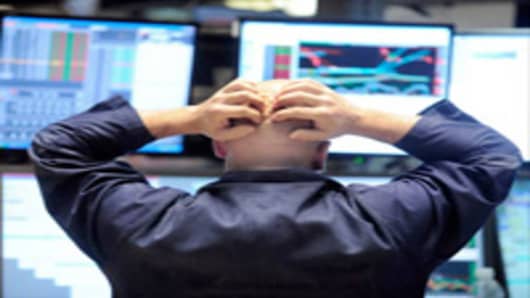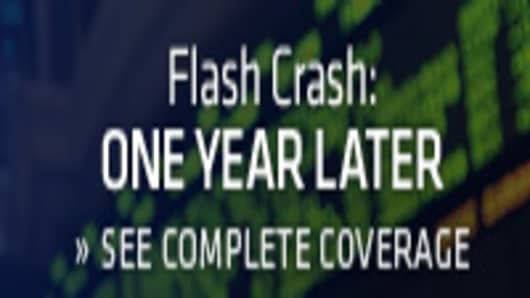Last May, this system broke down. Why? Well, if well-informed traders come into the market, they can make life hell for the High Freaks. At some points in a market cycle, trading becomes less random and more rational.
Actively managed hedge fundslove this because it means they can make a lot of money. The High Freaks hate this because it can make markets very costly for them. They need markets to be more or less random to make money.
In May last year,the smart traders were devastating the High Freaks. And so the High Freaks did the smart thing: they stopped trading. Instead of losing money by taking the opposite side of trades made by well-informed traders, they pulled out and waited for the markets to become random again.
As it turns out, markets can be very volatile without the specialists and without the High Freaks. Now we understand this. Too bad we didn't think too much about it before we launched the war on the specialists.
_________________________________________
Questions? Comments? Email us atNetNet@cnbc.com
Follow John on Twitter @ twitter.com/Carney
Follow NetNet on Twitter @ twitter.com/CNBCnetnet
Facebook us @ www.facebook.com/NetNetCNBC




